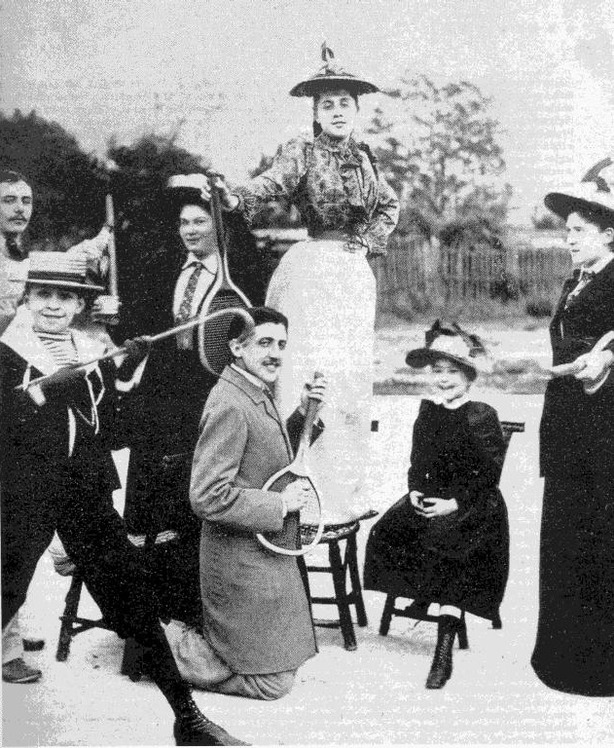
Last Thursday was National Pencil Day, which commemorates, according to The New York Public Library (NYPL), “the day in 1858 when Philadelphia immigrant Hymen Lipman patented his invention for a pencil with an eraser on top, creating the conveniently-designed pencil we know and love.”
Of course, Lipman’s invention didn’t take place in a vacuum. Throughout the 18th and 19th centuries, American inventors were hard at work, trying to find ways to make improvements to the pencil, whose history traces back to 1564. During those early days of our republic, “American pencil-making was in sorry shape,” writes NYPL. “Poor materials made domestic pencils smudgy and frail, in comparison to their superior British counterparts, which were made of purer graphite.” So the pressing question became: how to improve the quality of the graphite? Enter Henry David Thoreau, America’s great essayist, poet, philosopher, abolitionist, naturalist and tax resister. And apparently innovator too:
Seeking employment after studying at Harvard, [Thoreau] worked at his father’s pencil factory, which Edward Emerson — son of Ralph Waldo Emerson — recalled as being somewhat better than the typical American pencil factory at the time. Still, Henry David Thoreau aspired to improve the family business, so he hit the books at the Harvard College library to find out more.
…Having no knowledge of chemistry, Henry David nevertheless came up with a formula to make a pencil rivaling that made in Europe. It was the first of its kind in America.
Soon, Thoreau pencils were taking over the market, and the family’s business grew and grew. Thoreau pencils were awarded twice by Mechanic Associations and gained a local reputation in Boston for their quality. Ralph Waldo Emerson himself praised them. News of Thoreau’s pencils spread quickly, and soon, Petroski writes, they were “without peer in this country.”
Add an eraser to Thoreau’s pencil, and you’ve got Hymen Lipman’s patent for the pencil you’re pretty much using today. You can see pictures of Thoreau’s pencil over at The New York Public Library.
If you would like to sign up for Open Culture’s free email newsletter, please find it here. It’s a great way to see our new posts, all bundled in one email, each day.
If you would like to support the mission of Open Culture, consider making a donation to our site. It’s hard to rely 100% on ads, and your contributions will help us continue providing the best free cultural and educational materials to learners everywhere. You can contribute through PayPal, Patreon, and Venmo (@openculture). Thanks!
Related Content:
Henry David Thoreau on When Civil Disobedience and Resistance Are Justified (1849)
David Rees Presents a Primer on the Artisanal Craft of Pencil Sharpening
David Rees and His One-Man Artisanal Pencil Sharpening Service


